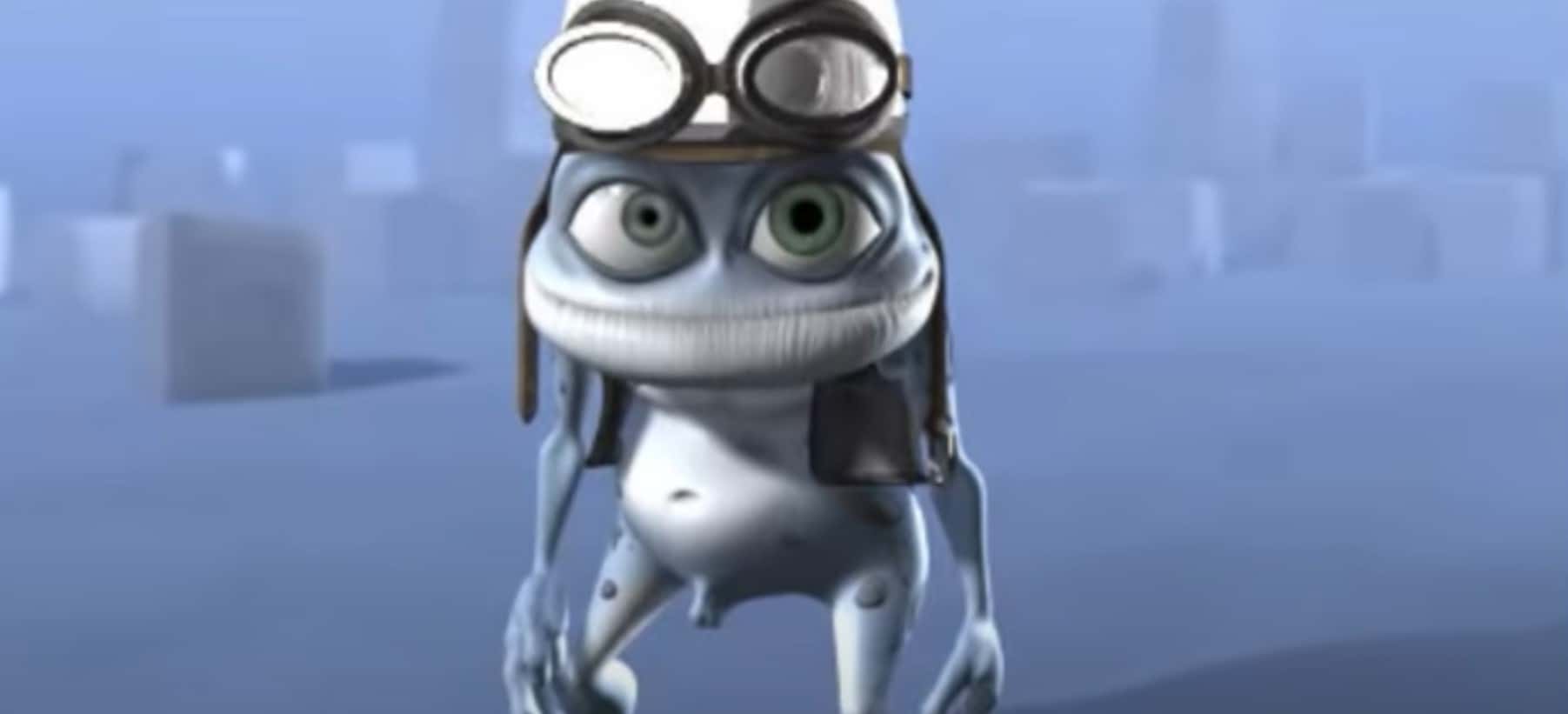The Crazy Frog, introduced by Jamster in 2005, quickly became a global phenomenon. However, this animated character soon found itself embroiled in controversy. In this blog post, we will delve into the Crazy Frog controversy, exploring its impact on popular culture and the legal issues surrounding it. Join us as we unravel the intriguing journey of this beloved yet contentious figure.
Sometimes controversies about caricatures, digital animations, and drawings go from the shock of awe, to blatantly inappropriate, to the frankly disgusting, and in this case, we’ll let you be the judge of whether or not it is worthy of controversy. In any case, here’s the Crazy Frog controversy explained.
Unleashing the Controversy: Inappropriate Content and Frequency
In February 2005, the United Kingdom’s Advertising Standards Authority (ASA) received numerous complaints about Jamster’s advertising campaign for Crazy Frog. Viewers expressed concerns that the character appeared to have explicit genitalia, deeming it inappropriate for children. If you look closely, there’s a small appendage hanging from between the legs of the cartoon; it might resemble something. And if it does, was it put there to be edgy, or just an unnoticed coincidence?

In any case, the appendage in question raised eyebrows and ruffled feathers in the conservative community who took it upon themselves to manifest their discontent.
Furthermore, the frequency of the advertisement, sometimes airing twice an hour, raised additional worries among parents. We will discuss the ASA’s response and the subsequent actions taken by Jamster.
Popular Culture Phenomenon: A Global Sensation
Despite the controversy, Crazy Frog’s popularity skyrocketed. The character’s catchy tunes and humorous antics resonated with the masses, propelling it to the top of music charts worldwide. From ringtones to music videos, Crazy Frog infiltrated popular culture, becoming an icon of the early 2000s. We will explore the unprecedented impact the character had on music and entertainment during this era.
Crazy Frog’s journey did not go smoothly when it came to the law. People said that the character stole someone else’s work because it was based on a sound effect called “The Annoying Thing.”
This dispute brought up questions about intellectual property rights and the thin line between paying tribute and stealing. Also, as the character became more popular, licensing problems arose, which led to fights between Jamster and different parties. In this article, we’ll talk about some of the legal problems that have come up because of Crazy Frog.
Also Read: Top Gun Actors and Actresses Then and Now
Looking Back On The Controversy: Legacy And Reflection
The Crazy Frog controversy has become an interesting part of its history over time. The character is still a big part of pop culture, and the controversy itself has become well-known. Since the problem first surfaced, and in its wake, it still brings up endless matters of discussion, making us wonder whether or not it will be forgotten or become a cultural piece of history that still resonates to this day.
It has all the components to make it a controversy: shock value, liberal and conservative backlash, memes, and it came at a moment where everyone that was busy doing something else found a way to take some time and laugh, comment, rand, and rave about it.

The Crazy Frog debate is still one of the most interesting parts of the history of pop culture. Even though there were some worries and legal battles at first, the character’s catchy tunes and animated charm won over people all over the world.
Even though the controversy has left a mark on its legacy, Crazy Frog continues to have an impact. When we think back on this interesting story, it shows how entertainment, marketing, and social norms are all connected in a complicated way.
In any case, that’s the whole deal with the Crazy Frog. Do you think it’s worth all the fuss, or do you think people are just being too sensitive about it?
Also Read: Cillian Murphy Revealed Bhagavad Gita Influence for Christopher Nolan’s ‘Oppenheimer’




